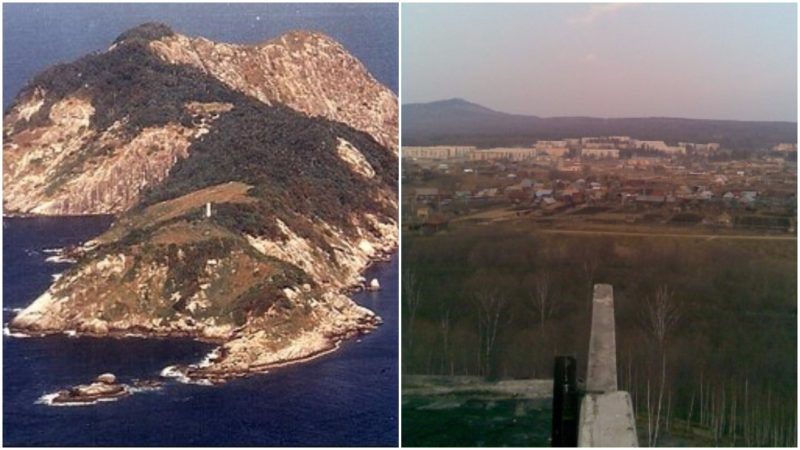There is nothing worse than being told there is an awesome place you just have to see, but can’t. These 5 spots full into that category of those places that are off limits to us the general public…..
1. Mezhgorye
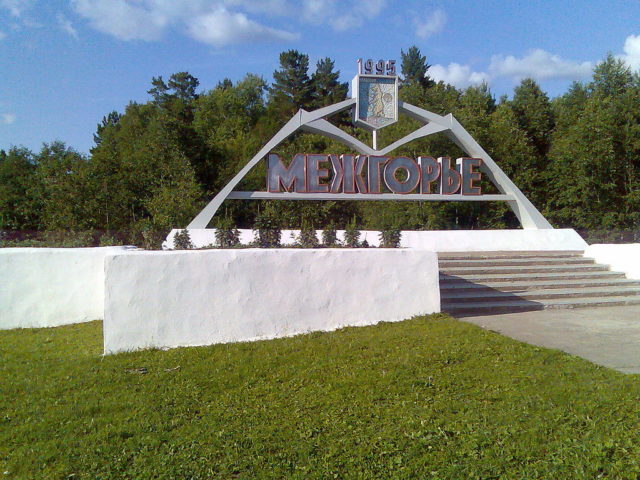
Located about 120 miles southeast of Ufa, the capital of the Republic of Bashkortostan, this closed town first came to the attention of the public in the 1990s, when it was spotted on the US aerial spy photographs. Reportedly the people who live there are working on a high classified secret work around Mount Yamantau.
The site is also suspected to be the location of a nuclear program, a repository of Russian treasures, huge coal warehouse and a bunker in case of a war. But these rumors haven’t yet been confirmed.
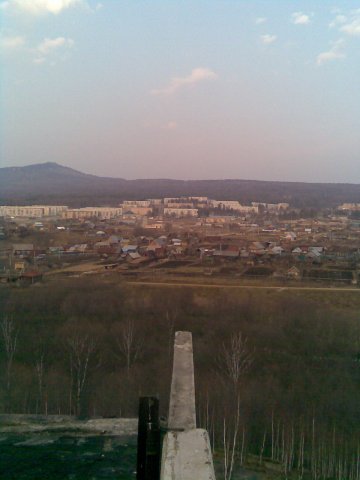
In fact, it is most likely that the town is a home of Russian military battalions who are working with ballistic missiles that supposedly could be remotely triggered if the sensors detect a nuclear strike. Experts have suggested that the entire facility may cover over 380 square miles and it’s possibly able to house a population of 60,000 for several months. The bunker is also said to be able to resist any nuclear, chemical or a biological attack.
Basically, the town is out of reach for every outsider, and Mezhgorye closed status means that the town is subsidiary to the federal Russian government.
2. Surtsey, Iceland
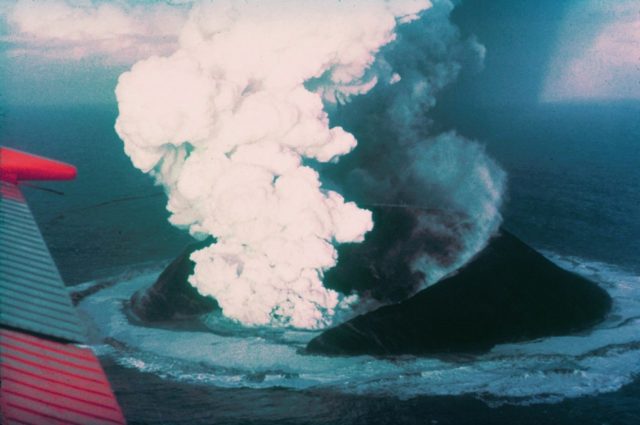
Surtsey is a volcanic island located off the southern coast of Iceland. It was formed in a volcanic eruption that began in 1963 and ended in 1967. No human is allowed to step foot on the island except for few scientists to allow natural ecological processes to take place without outside interference.
However, during one of those first expeditions, a tomato plant was found growing in the soil, which means that someone wasn’t following the precise protocol.
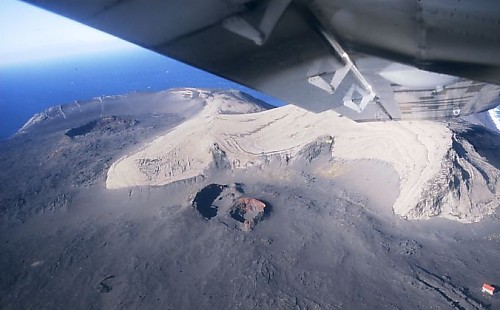
Surtsey has one of Earth’s most pristine young ecosystems. That’s because the island didn’t even exist until the debris of the volcano eruptions created it. And despite its youth, there are already 89 bird species on Surtsey, including seagulls and puffins. Other new inhabitants include seals and slugs.
The only humans to visit so far are researchers, who all must sleep on bunk beds in a tiny hut, and have to be careful to clean up all traces of them ever being there.
3. Ilha da Queimada Grande, also known as Snake Island
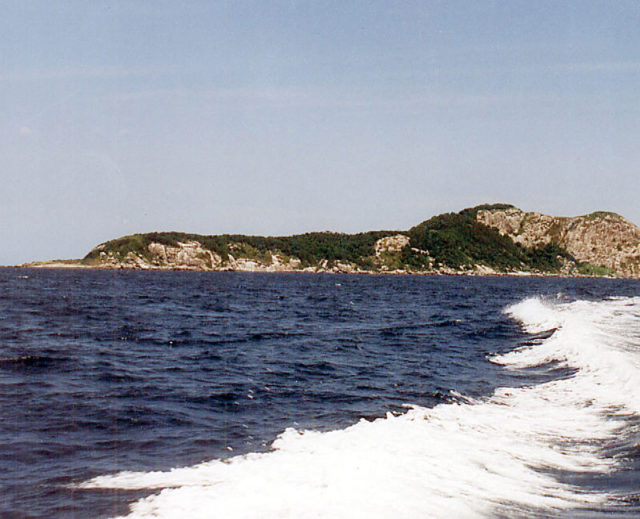
Snake Island is a tiny island off the coast of Brazil that is so filled with venomous serpents that it’s been called one of the world’s deadliest islands. Scientist estimate there are about 4,000 snakes, one per square meter and they are all golden lancehead pit vipers, one of the most venomous snakes in the world.
They’ve became trapped on the island when rising sea levels covered he land that connected it to the mainland. This left the snakes to adapt to their environment. Their venom is said to be three to five times stronger than any mainland snake, apparently capable of melting human flesh. The story goes that the last people to live on the island were the lighthouse keeper and his family who were killed by the snakes.
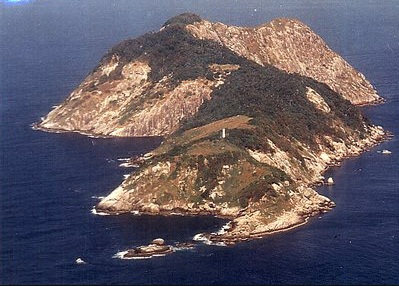
Currently, the Brazilian navy bands civilians from the island, though scientists sometimes receive waivers.
4. Mount Weather Emergency Operations Center, Virginia
The Mount Weather Emergency Operations Center is a civilian command facility in Virginia, USA. The facility is where the top US civilian and military official would go in case of national disaster. Many members of Congress were brought here on September 11, and it was also a refuge during the Cuban missiles crisis. Mount Weather’s existence remained a secret to all, but top federal officials until TWA Flight 514 crashed in close proximity to the site in December 1974.
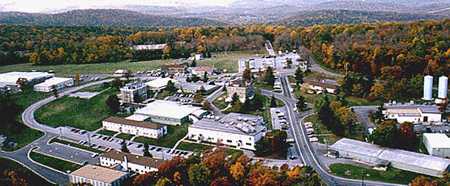
The crash killed more than 90 people and scattered smoking debris across the wide range of the mountain. An NBC news report after the crash said Federal agents blocked news photographers from getting within range of the government facility.
The 564 acres facility has offices, dorms and a dining room in a location safely outside DC. It also serves as an alternate site for the US Department of Homeland Security Operations and has space for over 2,000 officials deep in the mountain. Little information about the facility has since leaked out to the public.
5. Tomb of Qin Shi Huang
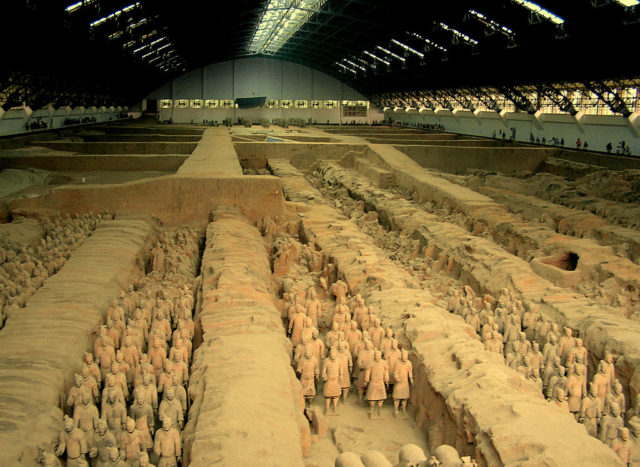
Buried deep under a hill in central China, surrounded by an underground moat of poisonous mercury lies China’s First Emperor, Qin Shi Huang. He began the construction of the first wall of China and unified the empire.
He prepared for death by constructing a 20 square mile funerary compound whose secrets came to light some 2,100 years after his death. In March 1974, workers drilling a well discovered a subterranean chamber that archeologist later found contained an army of some 8,000 live size terra cotta soldiers, each of them unique.
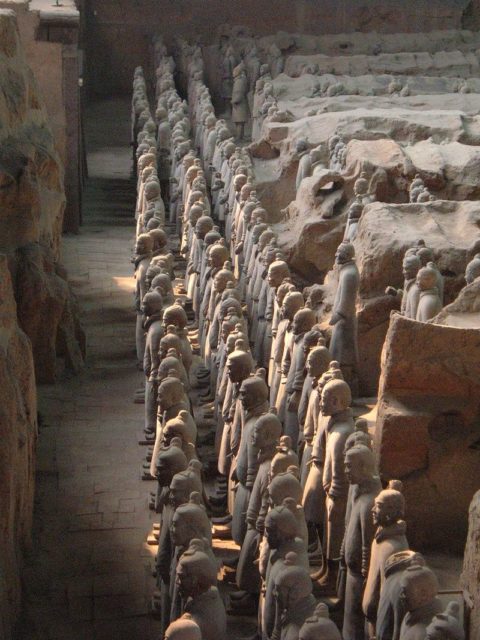
While you can visit the site, the tomb itself remains unexcavated due to the high concentration of high mercury. Also, the Chinese Government is hesitant to open the tomb out of respect and said they are waiting for technology to improve to minimize the risk of damaging any of the remains.
